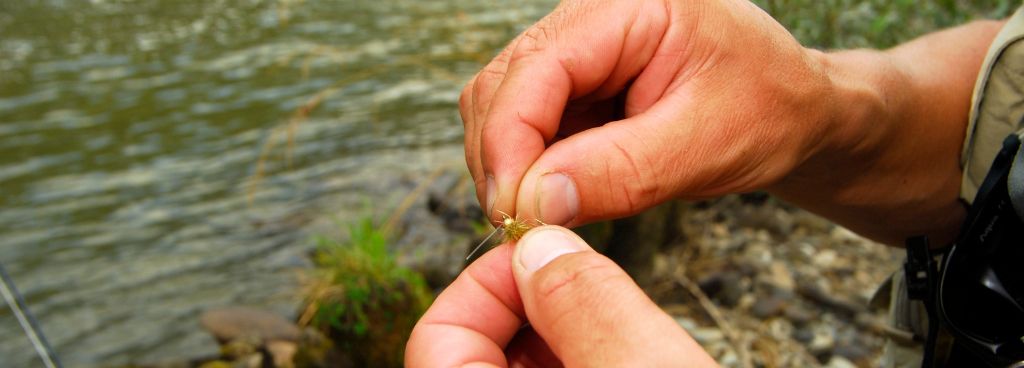Stories Worth Reeling In...
Last Updated on October 10, 2023
Foul hooking, while sometimes accidental, can have significant implications for fish health and conservation efforts. By grasping the mechanics and ethics of foul hooking, we can strive to become better stewards of our beloved sport.
As we embark on this journey to uncover the mysteries of foul hooking, we’ll gain valuable insights into its mechanics, explore its impact on catch-and-release fishing, and discuss preventive measures to minimize its occurrence.
So, grab your fishing gear, and let’s dive into the fascinating realm of foul hooking and its role in angling adventures!
Table of Contents
Foul hooking, in the world of fishing, refers to a situation where a fish is hooked outside its mouth or in a non-intended body part. Unlike traditional hooking, where the fish takes the bait willingly in its mouth, foul hooking occurs when the hook catches the fish accidentally, often resulting in unintended injury.
This phenomenon is crucial to understand as it directly impacts the well-being of the fish and influences our approach to catch-and-release fishing. Foul hooking can occur due to various reasons, such as the fish’s erratic movement or the angler’s unintentional casting technique.
In traditional hooking, the fish actively takes the bait into its mouth, allowing for a secure hook set that minimizes harm to the fish. This method aligns with ethical fishing practices, promoting successful catch-and-release fishing while preserving fish populations for future generations.
On the other hand, foul hooking occurs when the hook snags the fish outside the mouth, potentially causing unnecessary harm and distress.

Foul hooking can occur due to a combination of factors, including fish behavior, angling techniques, and environmental conditions. One common reason for foul hooking is when the fish exhibits erratic movements or sudden changes in direction while attempting to take the bait. In such cases, the hook may inadvertently catch the fish on its body, outside of its mouth.
Certain fish species may be more prone to foul hooking due to their feeding habits or the way they strike at the bait. For instance, fish that feed near the water’s surface or near the bottom may increase the likelihood of foul hooking when the angler attempts to set the hook.
Several fishing techniques and scenarios may lead to foul hooking. One example is trolling, where multiple lures are pulled behind a moving boat. In this method, fish may strike at a moving lure, and if they miss the intended target (the mouth of the lure), they can get foul-hooked in the body or fins.
Another scenario is using treble hooks, commonly found on lures, which have multiple hook points. While treble hooks can increase the chances of hooking a fish, they also increase the likelihood of foul hooking if the fish strikes at the lure from an angle.
Foul hooking can also occur in situations where fish are densely packed in a school, and the angler’s bait or lure accidentally catches a fish on its exterior instead of inside the mouth.
Foul hooking in fishing has garnered its fair share of myths and misconceptions. Let’s debunk some of the most prevalent ones:

Foul hooking can be minimized with careful fishing practices. Here are some practical tips to reduce the likelihood of foul hooking while angling:
In some cases, foul hooking may be unavoidable, such as when fish are schooling tightly or actively feeding near the surface. In such situations, anglers should exercise caution and take extra care when handling foul-hooked fish.
While it may not be possible to completely eliminate foul hooking, anglers can significantly reduce its occurrence through careful casting, proper bait or lure selection, and understanding fish behavior. Ethical fishing practices, like catch and release, can also help mitigate the impact of foul hooking on fish populations.
Foul hooking is generally not considered a skill in fishing. Skilled anglers strive for clean, legal, and ethical hookups, where the fish takes the bait or lure willingly in the mouth. Foul hooking is usually an unintentional and less desirable outcome.
Responsible fishing practices go beyond the thrill of catching fish; they encompass our responsibility as stewards of the environment. By respecting fish populations and minimizing accidental hooking, we contribute to preserving aquatic ecosystems and promoting the longevity of fish species.
Let’s continue to educate ourselves and others about ethical fishing methods, always keeping in mind the impact of our actions on the underwater world. Together, we can foster a culture of sustainable angling and protect our cherished waters for generations to come. Happy and responsible fishing, fellow anglers!